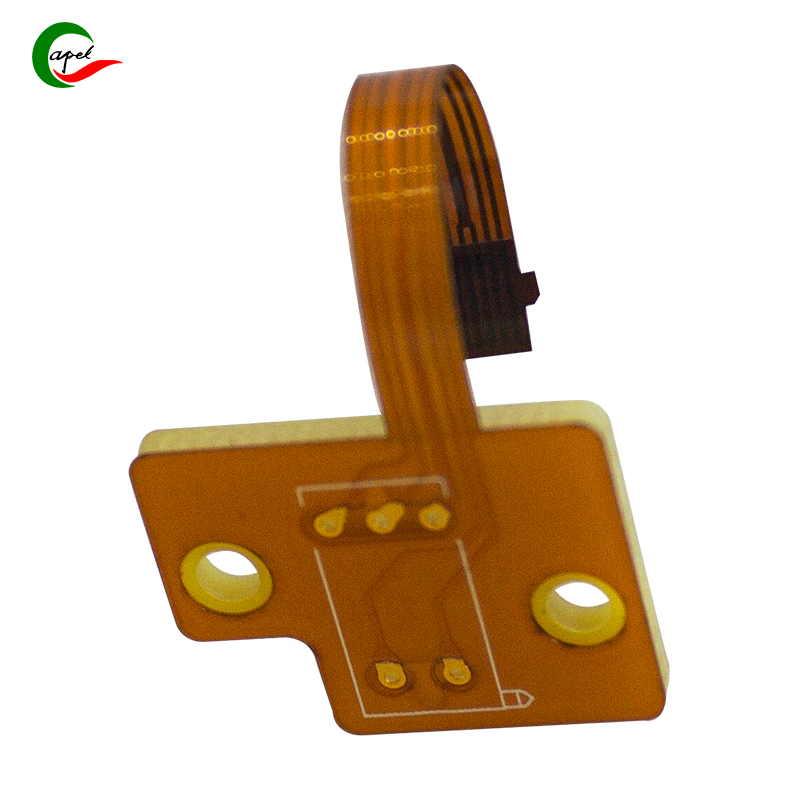Flexible PCB Manufacturing Challenges: Paper-Thin—How to Keep Circuits From Breaking?
Date: 2025-09-28
Flexible PCBs are as thin as a sheet of paper (some even thinner!)—that’s why they fit in foldable phones and tiny wearables. But here’s the catch: making something this thin while keeping its copper circuits from snapping is way harder than it looks. Let’s break down the biggest manufacturing headaches and how factories fix them—no tech jargon, just straight talk.
The “base” of a flexible PCB (called the substrate) is usually polyimide—a thin, bendable plastic. But when it’s as thin as 0.1mm (thinner than a human hair), it tears easily during manufacturing. Imagine trying to handle a wet tissue without ripping it—that’s exactly the problem factories face.
How They Fix It:
-
Use “carrier films”: Factories stick the thin polyimide substrate to a stiffer temporary film (like a thin metal sheet) during production. This gives workers and machines something solid to hold onto. Once the PCB is finished, they peel off the carrier film—no tears or damage.
-
Slow down the process: Rushing to cut or move the substrate leads to rips. Factories use slower, more precise machines (think of a carefully controlled paper cutter) to handle the thin material gently.
The copper lines on flexible PCBs are tiny—some as thin as a strand of hair. When the PCB bends (like in a foldable phone), these thin copper lines can crack. If the circuit cracks, the whole device stops working.
How They Fix It:
-
“Thicken” critical areas: Factories add a little extra copper to parts of the circuit that bend the most (like the fold line of a phone). It’s like adding a reinforcement bar to a weak spot in a bridge—strengthening the circuit against bending.
-
Use “rolled copper” instead of “electrodeposited copper”: Rolled copper is softer and more flexible than standard electrodeposited copper. It bends without cracking, even when the PCB is folded 10,000+ times. Most high-end flexible PCBs (like those in foldable phones) rely on this material.

To add parts like chips or sensors to the PCB, factories use solder (melted metal that connects components to the circuit). But solder gets extremely hot (up to 260°C/500°F)—and the thin polyimide substrate can burn or melt if exposed to too much heat.
How They Fix It:
-
Use “low-temperature solder”: Instead of standard high-heat solder, factories use solder that melts at 180-200°C. It’s cool enough to avoid burning the substrate but still strong enough to hold components securely.
-
Add a “heat-resistant layer”: A thin layer of heat-resistant material (like epoxy) is applied to the substrate before soldering. It acts as a shield—preventing the hot solder from touching the fragile polyimide directly.
Flexible PCBs need a protective coating (like solder mask) to keep moisture and dust out. But coating a thin, bendable surface without creating bubbles or wrinkles is tricky—think of trying to paint a smooth layer on a crumpled piece of paper.
How They Fix It:
-
Use “vacuum coating machines”: These machines apply the coating in a vacuum (no air present). Without air, bubbles can’t form. It’s like painting in a sealed, airtight space—ensuring smooth, even coverage every time.
-
“Stretch and coat”: Factories gently stretch the substrate (while it’s still attached to the carrier film) before applying the coating. Stretching removes wrinkles, so the coating goes on flat. Once the coating dries, they release the stretch—leaving no wrinkles behind.
Making flexible PCBs that are thin and durable isn’t a trick—it’s about solving small, tricky problems with smart tools and slow, careful work. Next time you bend your phone or wear your smartwatch, remember: the PCB inside went through careful manufacturing steps to stay intact.
related link:
